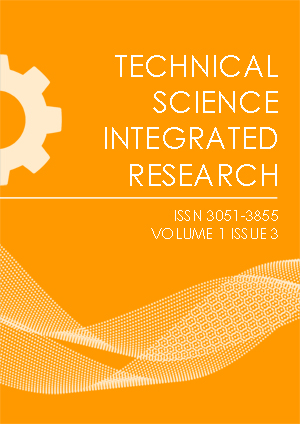Abstract
Reinforced concrete (RC) bridges are vital components of modern transportation networks, essential for ensuring safe and uninterrupted traffic flow. However, their long-term integrity is compromised by a range of deterioration processes that can lead to significant structural and functional failures. This paper provides a comprehensive review of the primary failure mechanisms affecting RC bridges. We analyze the physical basis, contributing environmental factors, and structural consequences of key mechanisms, including reinforcement corrosion, freeze-thaw damage, chemical attacks, mechanical overloading, fatigue, and foundation scour. The article also examines the phenomenon of progressive collapse, a catastrophic failure mode where the failure of one component triggers a chain reaction of failures. To address these challenges, the study discusses both traditional and advanced strategies for mitigating deterioration. We highlight the importance of preventive maintenance programs and explore the application of modern monitoring technologies, such as Structural Health Monitoring (SHM) and Non-Destructive Testing (NDT), in detecting early signs of distress. The conclusion emphasizes a shift from reactive repairs to a proactive, predictive maintenance paradigm, leveraging modern diagnostics and innovative materials to extend the service life of RC bridges, enhance their safety, and improve their resilience to environmental and operational stressors [1].
This work is licensed under a Creative Commons Attribution 4.0 International License.

